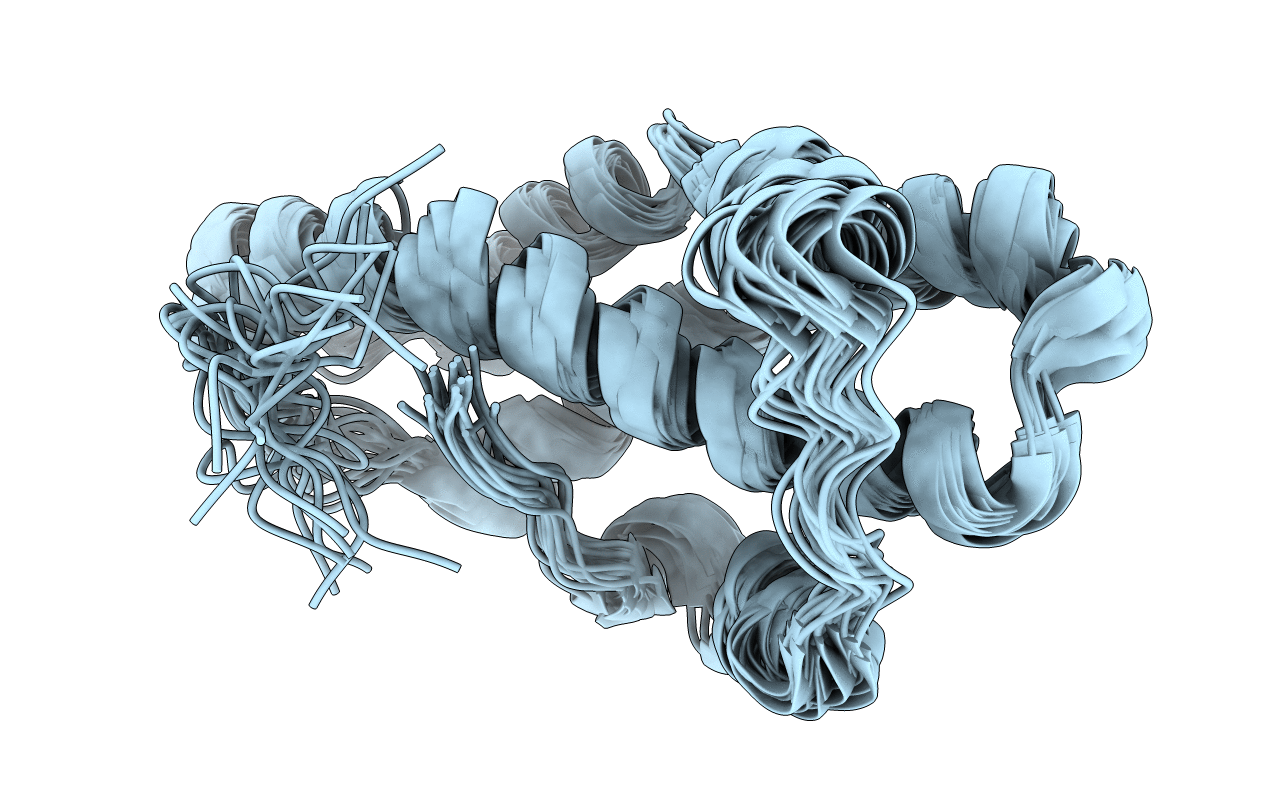
Deposition Date
2017-02-14
Release Date
2018-01-31
Last Version Date
2024-05-01
Method Details:
Experimental Method:
Conformers Calculated:
100
Conformers Submitted:
20
Selection Criteria:
structures with the lowest energy


